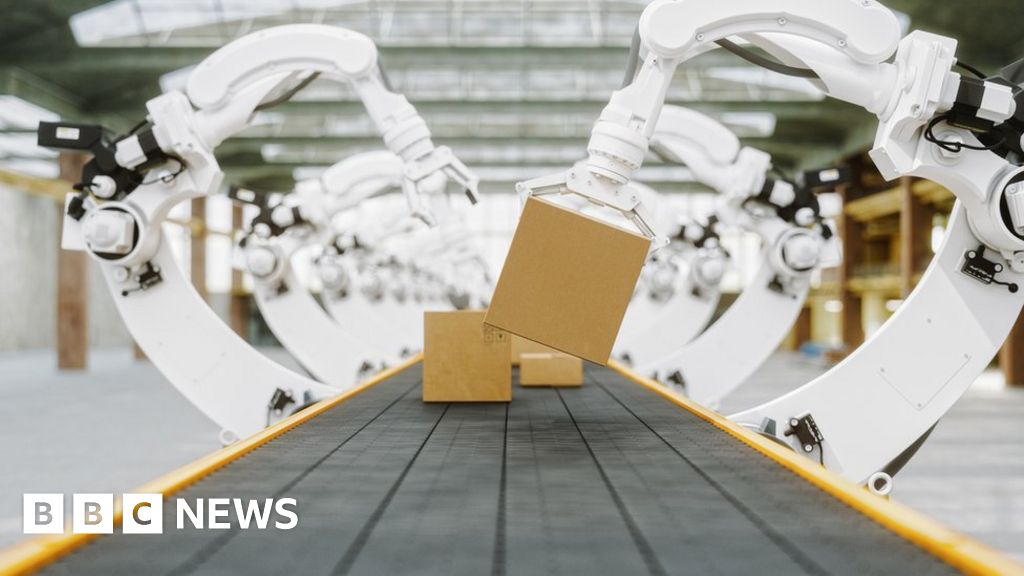The incident occurred when the man, a robotics company employee in his 40s, was inspecting the robot.
The robotic arm, confusing the man for a box of vegetables, grabbed him and pushed his body against the conveyer belt, crushing his face and chest, South Korean news agency Yonhap said.
He was sent to hospital but later died.



Um, no, the robot did not “confuse the man for a box of vegetables”. At the risk of yelling at clouds journalism is garbage these days. Yikes.
Maybe he was acting like a squash.
I ought to beet you up for that one.
If he wasn’t before, he sure did after.
Are you sure it didn’t have computer vision? This would be a valid statement if it was looking for boxes of vegetables and it confused a human for them
what makes you think it was not that. I don’t see any details that contradict it in the article?
Robots don’t get confused. They have a path, and they follow it. This one followed the path when someone was in the way. Why it did is likely human error, either in robot control, programming, or lock out tag out.
What does lock out tag out mean?
It’s a safety procedure: if equipment is faulty, you lock the controls with a special device to render it unusable until it is serviced, and a tag accompanies the lock to show when the service call was placed. If locking is impossible, just the tag will suffice.
LOTO or lock out, tag out is a safety practice of physical locking out any and all energy sources attached to a piece of equipment. Gravity, electrical, chemical, potential, pneumatic, hydraulic. You put a lock on it with a tag stating your name, date and typically a reason. You keep that key for that lock so no one else can energize.
Why would it handle boxes of vegetables with enough force to cause crush injuries in humans?
I do not know im just going by what the article laid out. It was a sensor malfunction. Maybe that sensor helps keep it from using to much pressure???
Probably just a good old fashioned presence sensor. If the sensor is triggered, there’s a “box” there, and the robot does a pre-programmed set of actions. The robot would place the box on the conveyor nicely, but if the man’s head and chest stuck out differently than the box does, robot doesn’t care. It goes to the programmed position regardless. By the time it encounters enough resistance to trigger the collision detection, the damage has already been done.
ouch
Weight and speed. The arm itself is hefty and requires a fair bit of torque to move around and you want these operations to be completed quickly.
It has a given strength, and will use that to get to its destination unless programmed to detect undue force. This one obviously wasn’t.
Whatever happened, the robot rebellion has begun.
Watch your Roomba. It’s watching you.
nottheonion